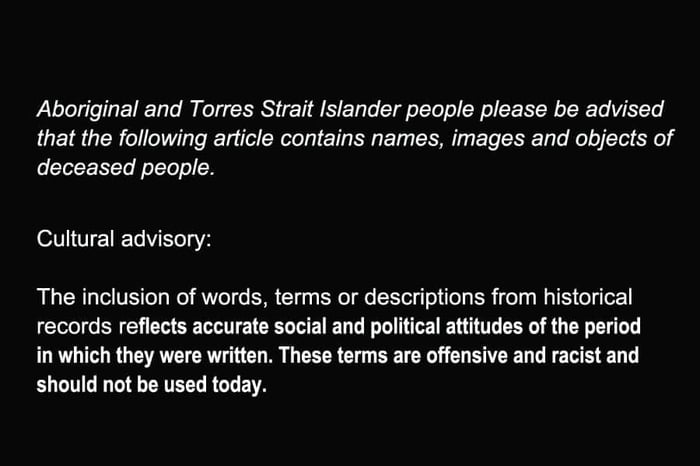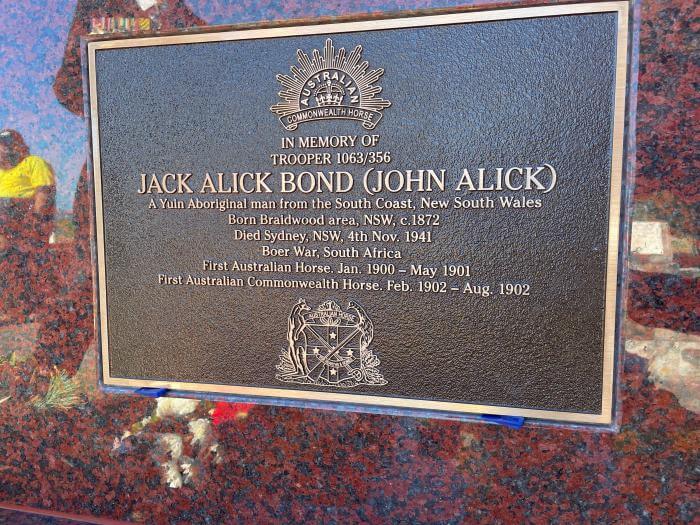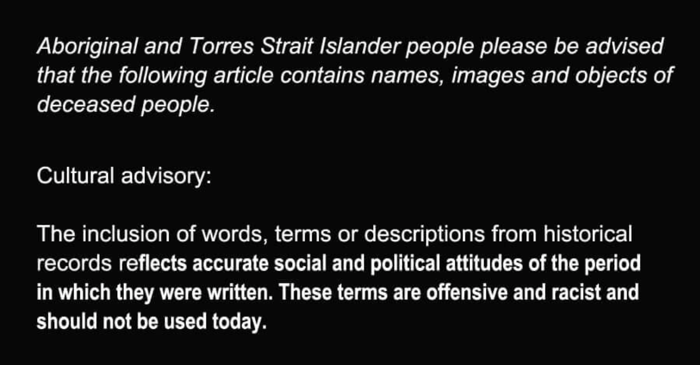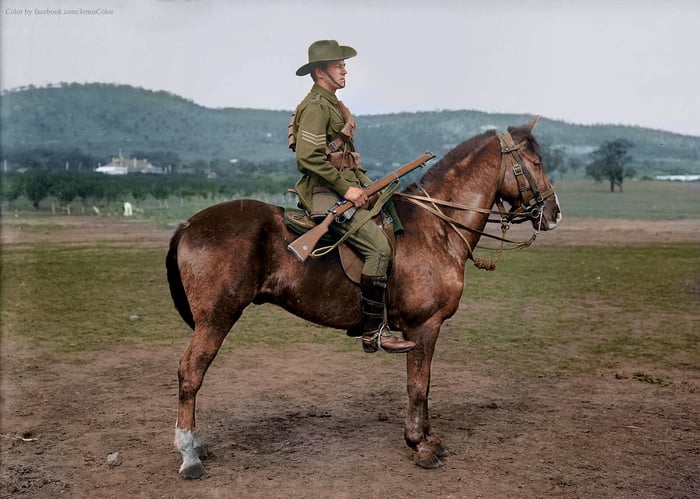
Stories of Indigenous Service
Produced by the Department of Veterans Affairs (DVA), this is an engaging look at Australia's involvement in wars and conflicts through the experiences of First Australians who served in the armed forces. This book can be used as a standalone resource on the Aboriginal and Torres Strait Islander Histories and Cultures.
The artwork in this book is by Ngarrindjeri artist Jordan Lovegrove. It represents all the First Nations veterans who have served Australia, especially during the First and Second World Wars. Despite the discrimination they experienced at home, they volunteered. The three central meeting places represent the Royal Australian Navy (RAN), Australian Army, and Royal Australian Air Force (RAAF) working together. The pathway going through the centre of the artwork represents the journey of First Nations service personnel, walking together with each other and other Australian veterans. The smaller meeting places scattered around the artwork represent the veterans that came from different communities and language groups from all around Australia.
The Introduction reads:
In January 1900, Jack Alick, also known as Jack Alick Bond, left Australia bound for Cape Town, South Africa. Jack, a Yuin man, grew up near Braidwood in New South Wales. Together with other men from the area he volunteered to serve the British Empire in the Boer War. A skilled police tracker and horseman, Jack was a member of the second contingent of the 1st Australian Horse. Little is known of Jack's service, although as a member of the 1st Australian Horse he is likely to have taken part in various actions including Poplar Grove, Zand River and Diamond Hill.
While serving in South Africa Jack became ill. During his recovery at a convalescent camp Jack sent a letter home saying 'I have seen quite enough fighting and have had some narrow squeaks'. Jack's letter was published in the Braidwood Dispatch and Mining Journal in September 1900. His experiences in South Africa did not deter him from signing up again in January 1902. This time it was for a shorter period, as the war ended with the signing of the 'Treaty of Vereening' on 31 May that year. For his service, Jack was awarded the Queen's South Africa Medal.

Australia's First Nations people have a long and proud history of military service. Even before Federation of Australia in 1901 a small number of Aboriginal men like Jack served in the colonial military and naval forces. During the world wars, thousands of Indigenous Australians enlisted for service despite not being recognised as British subjects.
It is unknown exactly how many Aboriginal and Torres Strait Islander people have served in Australia's armed forces over the years. The numbers are unclear as many were forced to deny their heritage and culture in order to enlist. The Defence Act 1903 excluded anyone from service who was not substantially of European origin or descent. This impacted Indigenous Australians wishing to enlist in the First World War and later wars and conflicts. Through ongoing research historians are discovering the identities of more and more Indigenous service men and women.
So why volunteer? For some, it was an opportunity for employment with steady pay including food and accommodation. For others, it was the possibility of adventure and overseas travel, a sense of duty to follow in the footsteps of relatives or a chance to defend their country.
Like so many people who have served, the experiences of individual Indigenous Australians in the armed forces have varied. This book shares just a few of the many stories of Indigenous service, from the First and Second World Wars and the Korean War.
Download a copy here.
The Serving Country for 60,000 Years Collection honours and remembers indigenous service












